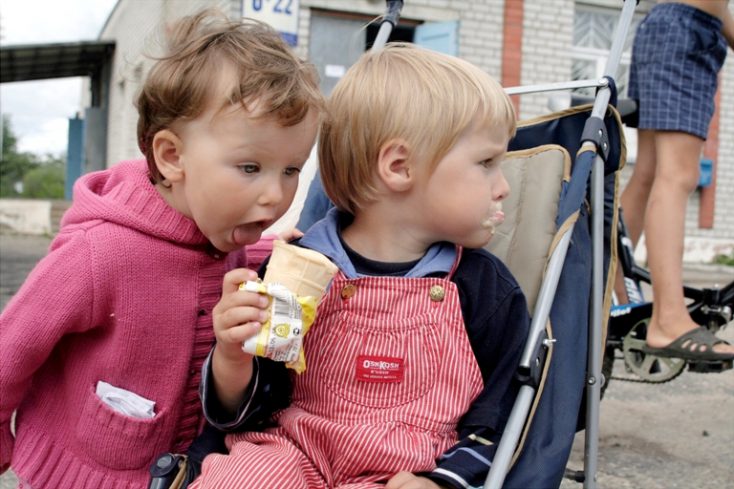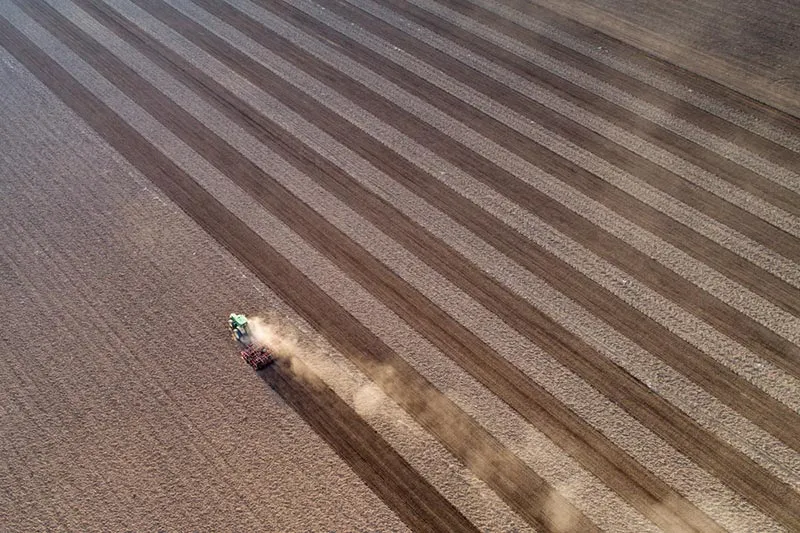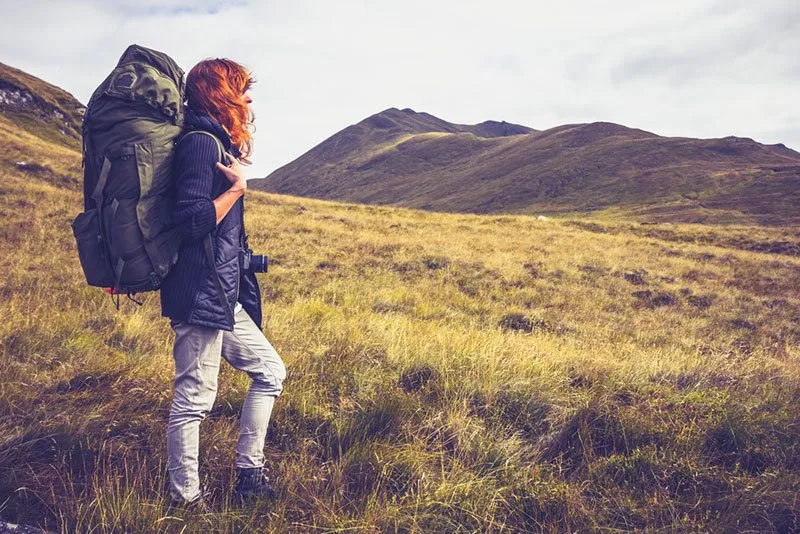Photography equipment should be bought for the money earned by photography. – Alexander Kazantsev
Alexander Kazantsev is the winner of the Depositphotos and Microstock.ru mutual contest “Funny Shoot Contest”. He won first place for his work “Seconds From Disaster” as on March 10, 2012 (the last day of the contest) his work received the biggest number of Likes. Alexander gave an exclusive interview to Depositphotos, in which he shared his opinion about microstocks, showed his favorite photo and told about other interesting things.
Q: How did you get your start as a photographer?
A: Everything started in the… bathroom.
Child © Alexander Kazantsev (Author’s personal archive)
A: My father was fond of photography when he was young. We used to settle in a tiny room with my brother and a “Leningrad” enlarger placed on a chair. At night, so that there was no light coming through the door slot. Trays with chemicals were placed on the washing machine; the “red light” in its iron case was almost glowing red, and it was impossible to turn around in there. But those moments when forgotten memories appeared on the paper made us forget about all the uncomfortable conditions. Later I used my brother’s old camera, a “Smena-8M.”
Q: Do you have any favorite locations, objects or times for photo shoots?
A: I shoot everywhere; everything that can “catch my eye.” I also love genre portraits and editorials.
(Alexander became a winner in a “Funny Shoot contest” with his Editorial work. Editor’s note)
Seconds From Disaster © Depositphotos | Alexander Kazantsev
Q: Why did you choose microstocks as an option to sell your photographs?
A: I found out about microstocks accidentally, and not a long time ago – about year and a half ago. I didn’t believe it, but it actually worked. So I thought that it would be silly to claim the money paid to you for doing your favorite hobby. Before that I didn’t shoot subjects, so it was interesting for me to examine myself, increase my technical level, try to shoot at a studio and work with the lights.
Q: Describe your working process:
What equipment do you use?
A: For microstock works I use my old EOS-400D with a 1.4f lens and iMac. For my hobby photography I use film EOS-3 with the same lens. I buy things on the sly, I think there is a season for everything. My main rule is: photography equipment should be bought for the money earned by photography. My first serious purchase was an iMac; everything else is still only in the planning stages.
Q: Do you have a photo studio?
A: I don’t have a studio, so I shoot at home. I have a room about 17m x 2m with tripods, umbrella, reflector and a flash. It’s enough to shoot small subjects for microstocks.
Do you have any assistants? How many people typically make up your team?
A: I don’t have a team, so I do all by myself. Though… I lied; my wife helps me a lot. She is an artist and she loves giving useful advice.
Q: Do you have a schedule? How much time per day on average you dedicate to photography? What tools for image processing you prefer to use?
A: My shooting schedule is secondary to my primary job, and for 8 hours a day, 5 days a week I have to be in the office. I have a nerve-wracking, responsible job. But the biggest part of my free time is devoted to photography; about 2-4 hours a day, depending on my mood. For processing my photos I use Adobe Photoshop, for downloading – Stock Submitter.
Q: Do you follow any particular rituals/protocols while working, or you are in a state of constant improvisation?
A: While working for mictostocks I am always improvising, with all possible rituals linked to the absence of a real studio.
Q: Do you consider photography a hobby, or a profession?
A: At the moment photography is my favorite hobby; something to relieve the stress and get a break from my main job. Could it become a profession? Anything is possible; two years ago I couldn’t even imagine selling my photos.
Q: What are your predictions about the microstock photography industry over the next 5 years? What would you change in the microstock business, if you could?
A: Considering the huge competition among photographers, the quality requirements for photos will raise steadily, so not every newbie photographer will be able to break into the microstocks by himself. The smallest threshold of photo sizes will grow, too. Microstocks are already starting to entice authors with a lower percentage of house deductions, and attractive propositions for exclusive contributors. Most of prognoses at the moment are constrained and pessimistic – and I agree with them. To get a stable income from microstocks, you need to shoot a lot and keep the quality of your photos as high as possible.
Q: At the moment. the best-selling photographs are related to business, sports, romance and family topics. What do you expect will change? What do you see as upcoming trends in in the microstock industry?
A: I think that these topics will stay popular for a long time.
Q: What images would you never place in your portfolio?
A: Obviously low-quality photos, or photos that have no aesthetic or emotional value for me.
Q: Do you have a favorite photograph? Can you describe it for us?
A: It is an absolutely staged photo, that came from my supervision of a three-year-old child.
(You can see it in the beginning of the interview. Editor’s note)
Q: What is an “ideal” photo for you? Where would you like to see it?
A: The kind of photo I can’t stop looking at. “Photo-book” or “photo-life.” I’d like to know that my work is in demand, and if I like the person who wants it – that makes it twice as pleasant for me. I can’t think about anything more concrete yet.
Q: List five things you would never wish on any photographer.
A: Having a disappointed, pessimistic view of the world around you; feeling diffident; using the same well-worn, uninspired compositions; feeling an absence of progress or personal growth; being passive.
Q: … and five things you would wish for all photographers –
A: May your camera always be near at hand, wherever you are; look for unusual plots, foreshortening, and interesting illumination; study the works of other authors that you like; at regular intervals, go back to your archive, and keep it in order; never throw out the works that seem bad to you at first sight; get back to them after a few months, and look at them again with fresh eyes; keep your equipment in good shape, so it won’t spoil a challenging moment.










